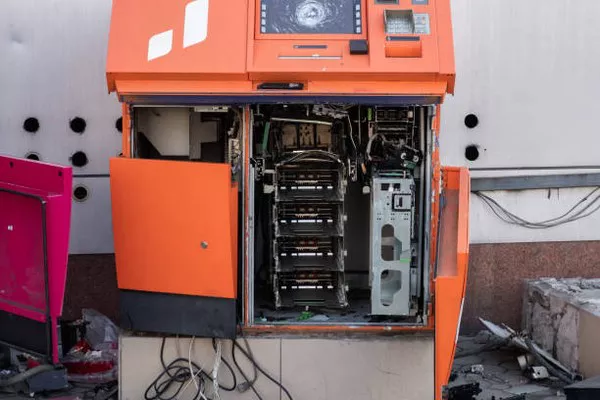California-based startup Deep Fission is pioneering a groundbreaking approach to nuclear energy by introducing its underground nuclear power concept. This innovative design places a standard light water reactor inside a one-mile-deep borehole, leveraging the natural rock coverage to enhance safety and reduce infrastructure costs.
Rethinking Nuclear Power Infrastructure
By situating a nuclear reactor underground, Deep Fission aims to eliminate the need for expensive containment domes and pressure vessels typically associated with surface reactors. The company envisions modular setups with multiple boreholes, each generating 15 MW, which could collectively unlock gigawatt-scale power capacity. This scalable design is intended to address the increasing global energy demands while minimizing the environmental footprint.
Enhanced Safety Features
Safety is a paramount concern in the nuclear industry, especially in the wake of disasters like Fukushima and Chernobyl. Deep Fission’s underground reactors offer significant advantages, including protection from natural disasters, missile strikes, and other potential hazards. Initial seismic observations indicate that the reactor would remain intact during earthquakes, making it a robust choice for energy production in seismically active regions.
Licensing and Funding Progress
Deep Fission’s technology is based on a conventional pressurized water reactor (PWR) design, which allows for a faster licensing process within existing Nuclear Regulatory Commission (NRC) regulations. The company has recently secured $4 million in pre-seed funding led by Texas-based venture capital firm 8VC, which will be used for hiring and regulatory activities. The startup has also submitted its conceptual design review to the NRC, marking a critical step in the approval process.
Scalable Underground Arrays
Deep Fission’s reactor borrows essential features from typical PWRs found in existing nuclear power plants. It employs low-enriched uranium fuel with less than 5% U-235 content, alongside conventional fuel assemblies, power control rods, and boron for coolant. The reactor operates at a pressure of 160 atmospheres (about 2,250 psi), which aligns with the ambient water conditions found a mile underground.
The reactor generates 30 MW of thermal steam, which is produced from boiled water in a steam generator. Non-radioactive steam then rises through in-borehole tubing to the surface, where a turbine converts it into 10 MW of electricity. This process resembles that of geothermal power plants, utilizing a primary loop to carry hot water from the core and a secondary loop to heat and vaporize the water.
Modular Output Capabilities
The base design of Deep Fission’s reactor produces 15 MW with just one 30-inch borehole, but its modular setup allows for increased output by utilizing closely spaced boreholes. For instance, ten boreholes could generate 150 MW, while 100 boreholes would yield an impressive 1.5 GW of power. For context, a typical nuclear reactor in a power plant produces about 1 GW, according to the U.S. Department of Energy.
With minimal moving parts located underground, Deep Fission’s design requires less maintenance compared to traditional above-ground reactors. When inspections are necessary, the reactor’s cables can be raised quickly, while surface components handle chemical and volume control, enabling efficient monitoring of the primary loop water.
The Nuclear Landscape in the U.S.
Nuclear energy stands out as a carbon-free, reliable energy source, boasting the highest capacity factor of any power generation technology, with the ability to produce electricity for over 92% of the year. As of 2023, nuclear power accounted for 18.6% of the U.S.’s utility-scale electricity generation, serving as a vital baseload power source to complement intermittent renewable energy sources like solar and wind.
However, nuclear development has faced challenges, including competition from coal and reputational damage from accidents. The number of operating reactors in the U.S. has dwindled from a peak of 112 to 93 today, with 21 reactors currently decommissioned. While the NRC continues to issue licenses for new reactors, the application review process can take a minimum of five years, followed by an additional five years for construction.
Deep Fission’s underground reactor design leverages an existing NRC-certified PWR framework and standard fuels, likely leading to a quicker approval timeline compared to novel small modular reactors. By minimizing surface-specific construction challenges, the underground arrangement streamlines the path to operational status.
Future Prospects and Applications
Deep Fission is currently identifying initial locations and customers, with plans to operate its first reactor within three years of securing a site. The modular design offers versatility, capable of powering thousands of homes with a single reactor, supporting industrial facilities with ten, or replacing decommissioned nuclear plants with a larger array.
As the world grapples with skyrocketing energy demands driven by artificial intelligence, computing, and industrial production, Deep Fission’s innovative underground nuclear technology presents a promising solution for sustainable and safe energy generation.
You Might Be Interested In

